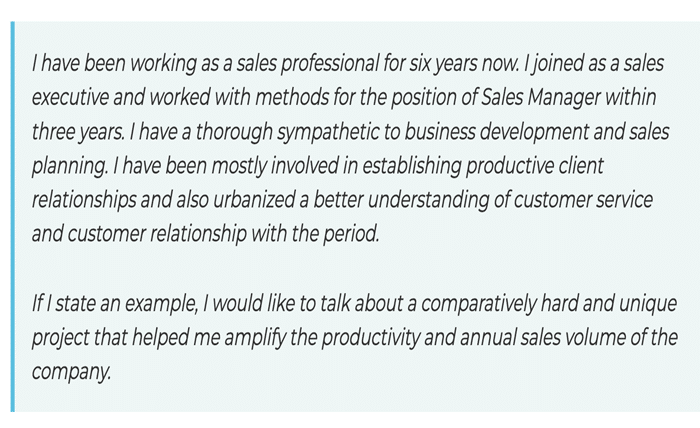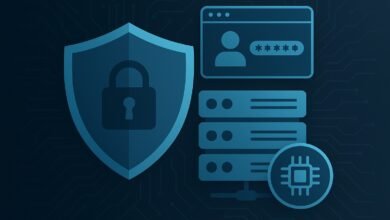Self Introduction for Interview: How to Impress Employers with a Perfect First Impression

Introduction
One of the most critical aspects of any job interview is your self introduction for interview. It sets the tone for the conversation and provides the interviewer with a snapshot of who you are, what you bring to the table, and why you are the right fit for the role. Crafting a strong self introduction for interview can boost your confidence and create a positive first impression. In this guide, we’ll walk you through a step-by-step approach to mastering your self introduction for interview and help you stand out among other candidates.
Why Self Introduction for Interview Matters
Your self introduction for interview is the first opportunity to showcase your personality, skills, and qualifications. It helps interviewers assess your communication skills, confidence, and professionalism. A well-structured self introduction for interview can set the stage for a successful discussion and make you memorable. This initial impression can significantly influence the outcome of your interview, as hiring managers often form opinions within the first few minutes.
Key Elements of a Strong Self Introduction for Interview
To craft an effective self introduction for interview, you need to include the following key elements:
- Your Full Name: Start with a polite greeting and your name.
- Your Professional Background: Briefly summarize your education and work experience.
- Your Key Skills: Highlight your relevant skills that align with the job role.
- Your Career Goals: Share a short insight into your aspirations and how the job fits into your plans.
- Your Personal Traits: Mention qualities that make you a valuable addition to the company.
- A Closing Statement: End with a smooth transition to the next stage of the interview.
By structuring your self introduction for interview effectively, you create a solid foundation for a compelling conversation with the interviewer.
Step-by-Step Guide to Crafting the Perfect Self Introduction for Interview
Creating an impressive self introduction for interview requires careful thought and practice. Follow these steps to structure your introduction effectively:
1. Start with a Warm Greeting
Begin your self introduction for interview with a polite greeting. Make eye contact and smile to exude confidence. You can say:
“Good morning/afternoon, I’m [Your Name], and I’m delighted to be here today.”
This opening sets a positive tone and makes you appear professional and approachable.
2. Share Your Educational and Professional Background
Provide a concise summary of your academic qualifications and professional experience. If you are a fresh graduate, focus on your education and internships. For experienced professionals, highlight your past roles and achievements. For example:
“I hold a Bachelor’s degree in Computer Science from XYZ University. I have three years of experience as a software developer, specializing in Java and Python programming.”
This part of your self introduction for interview helps the interviewer understand your background and expertise.
3. Highlight Your Key Skills
Next, emphasize the skills that make you a strong candidate for the role. Align these skills with the job description. For example:
“I have strong problem-solving skills, expertise in data analysis, and experience in developing scalable applications.”
By mentioning relevant skills in your self introduction for interview, you establish your competence for the position.
4. Mention Your Career Goals
Your self introduction for interview should also include your professional aspirations. This demonstrates your motivation and how the job fits into your long-term plans. For example:
“My goal is to leverage my software development expertise to create innovative solutions that enhance user experience.”
Employers appreciate candidates who have a clear vision for their future.
5. Showcase Your Personal Traits
Beyond professional skills, interviewers want to know about your personality. Mention qualities that make you a great addition to the team. For example:
“I am highly adaptable, a quick learner, and enjoy collaborating with teams to achieve common goals.”
This aspect of your self introduction for interview helps the interviewer gauge your cultural fit.
6. Wrap Up Smoothly
Conclude your self introduction for interview with a transition to the next part of the interview. For example:
“I am excited about this opportunity and look forward to discussing how my skills align with your company’s needs.”
This signals that you are ready for further discussion.
Common Mistakes to Avoid in Your Self Introduction for Interview
While preparing your self introduction for interview, avoid these common mistakes:
- Being Too Long-Winded: Keep it concise and relevant.
- Sounding Too Scripted: Speak naturally instead of memorizing a speech.
- Focusing Only on Personal Life: Balance personal traits with professional information.
- Lack of Enthusiasm: Show excitement and confidence.
- Not Tailoring to the Role: Customize your introduction based on the job requirements.
By avoiding these mistakes, your self introduction for interview will be engaging and impactful.
Sample Self Introduction for Interview
Here’s an example of a well-structured self introduction for interview:
“Good morning, I’m John Doe. I hold a Bachelor’s degree in Marketing and have five years of experience in digital marketing, specializing in SEO and content strategy. My expertise lies in driving online engagement and optimizing website traffic. I’m highly creative, analytical, and enjoy working in dynamic environments. My goal is to contribute my skills to a forward-thinking organization like yours. I’m excited about this opportunity and look forward to discussing how I can add value to your team.”
This sample demonstrates how to deliver a compelling self introduction for interview.
Conclusion
Mastering your self introduction for interview is a crucial step toward interview success. A well-crafted introduction showcases your skills, experience, and enthusiasm while setting a positive tone for the conversation. By following the structured approach outlined in this guide, you can confidently introduce yourself and make a strong impression. Remember to tailor your self introduction for interview to each job role and practice delivering it naturally.
Moviegent is your go-to source for all things cinema. Discover insightful movie reviews, the latest film industry news, and exclusive behind-the-scenes content that keeps you informed and entertained. From box office hits to indie gems, moviegent covers it all. Stay up to date with must-watch trailers, trending celebrity interviews, and expert analysis of upcoming releases. Whether you’re a dedicated film buff or a casual viewer, Moviegent offers a fresh perspective on your favorite movies. Join a community of fellow enthusiasts and experience a one-stop hub where passion for cinema and entertainment thrives. Moviegent: your ultimate movie companion.
FAQs
1. What is the ideal length for a self introduction for interview?
A self introduction for interview should be 1-2 minutes long. Keep it concise yet informative, focusing on relevant details.
2. Can I include personal details in my self introduction for interview?
Yes, but keep it minimal. Focus more on your professional background, skills, and career goals.
3. How can I make my self introduction for interview more engaging?
Use a confident tone, maintain eye contact, and highlight your key skills. Tailor your introduction to align with the job role.
4. Should I memorize my self introduction for interview?
No, instead of memorizing, understand the structure and practice delivering it naturally.
5. How do I introduce myself if I have no prior work experience?
If you’re a fresher, focus on your education, internships, skills, and career aspirations in your self introduction for interview.





